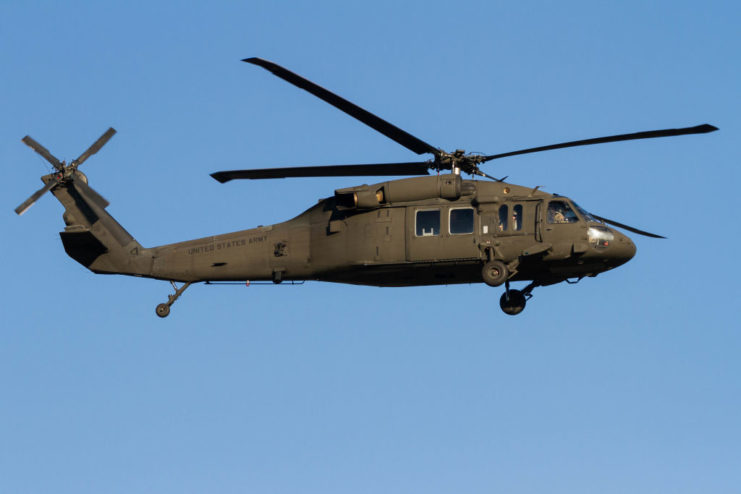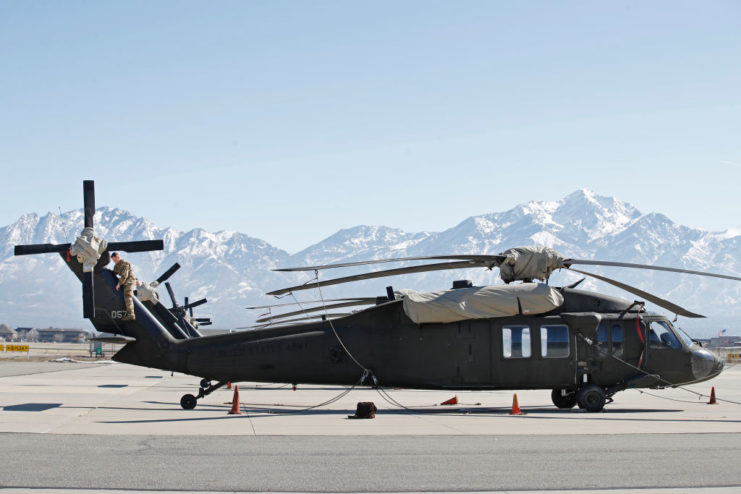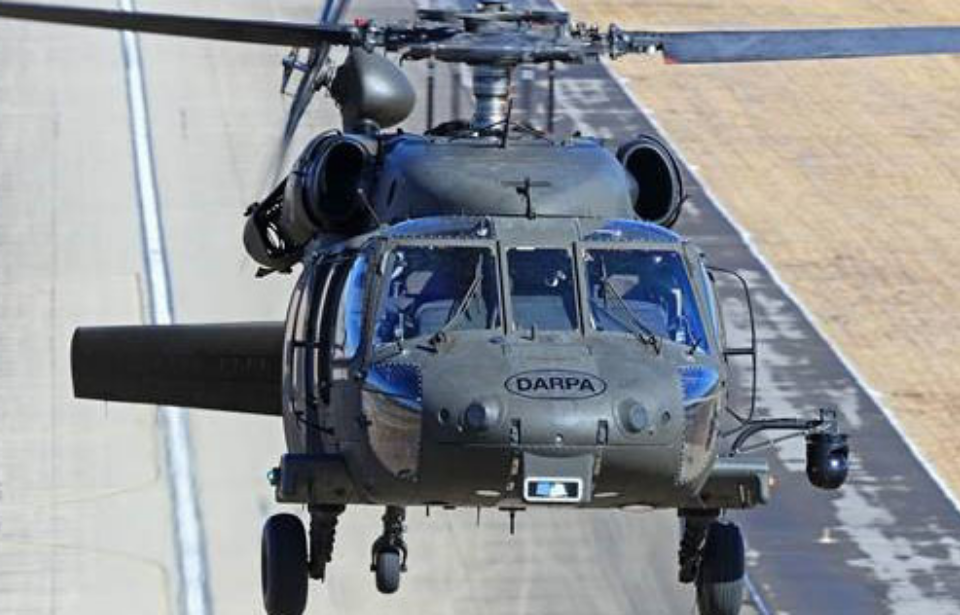For the first time, a Black Hawk helicopter has flown without a single human on board. The computer-piloted test was conducted as part of the Defense Advanced Research Projects Agency (DARPA) program known as ALIAS.

The test flights took place at Fort Campbell, Kentucky. The UH-60A Black Hawk helicopter was controlled by a Sikorsky-made MATRIX autonomy system, the technology of which was produced by Lockheed Martin. It allowed for a switch to be installed on board the chopper to indicate if two, one or no pilots are operating it.
The test flight on February 5, 2022 was the first time the helicopter was sent into the air with the no pilots option switched on. This means the only thing handling the Black Hawk’s controls was the computer system.
The 30-minute test flight was conducted to test the technology’s ability to control the chopper in all sorts of environments. For the test, it was programmed to act as if it was dodging skyscrapers in Manhattan. It then executed “a series of pedal turns, maneuvers and straightaways before completing a perfect landing.” After it shut down, two pilots approached, switched the controls back to pilot-operated and taxied it down the runaway.
It flew 4,000 feet above the ground and at speeds of between 115 and 125 MPH. Another brief autonomous flight occurred with the same Black Hawk helicopter on February 7, 2022.
The DARPA program has been ongoing for approximately six year. ALIAS, which stands for Aircrew Labor In-Cockpit Automation System, has “leveraged the considerable advances in aircraft automation systems over the past 50 years, as well as similar advances in remotely piloted aircraft.”
According to Stuart Young, program manager in DARPA’s Tactical Technology Office, the tests have three primary goals: to prevent an aircraft from doing something disastrous; to provide in-flight assistance; and to reduce costs, either in regard to maintenance or personnel-training fees.
“With ALIAS, the Army will have much more operational flexibility,” he said in a press release. “This includes the ability to operate aircraft at all times of the day or night, with or without pilots, and in a variety of difficult conditions, such as contested, congested, and degraded visual environments.”

Over the course of the next month, the program intends to conduct the first flight of a fly-by-wire M-model Black Hawk at Virginia’s Fort Eustis.
